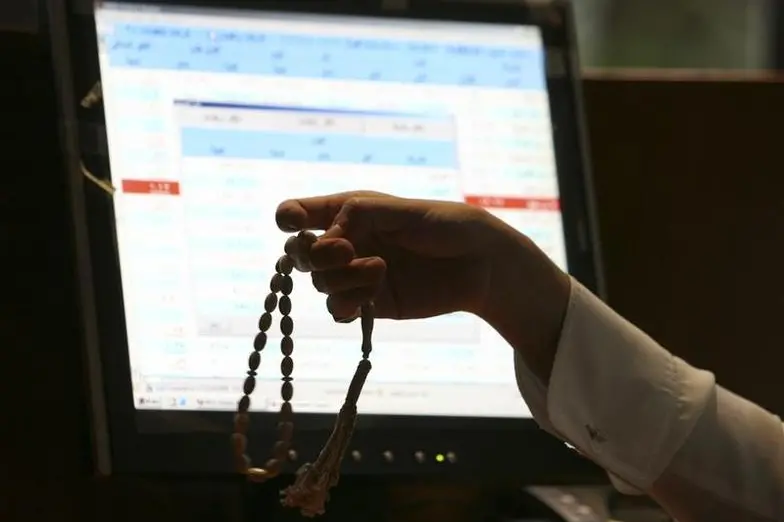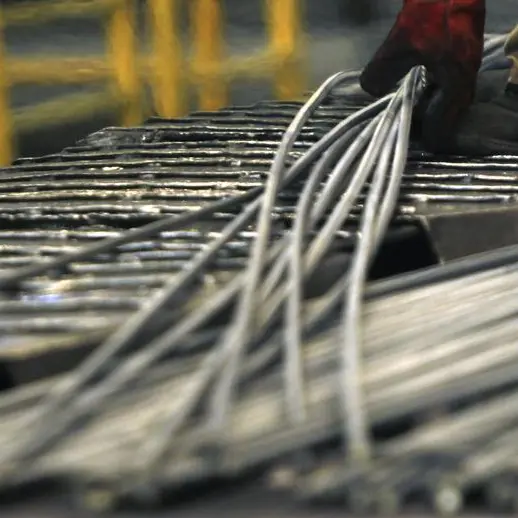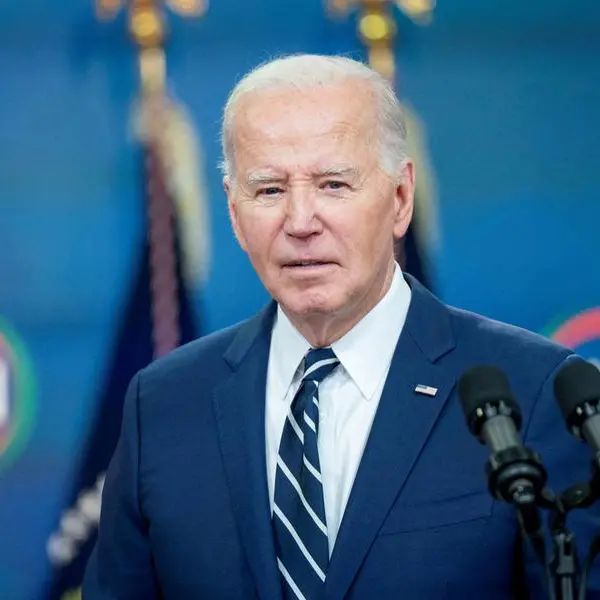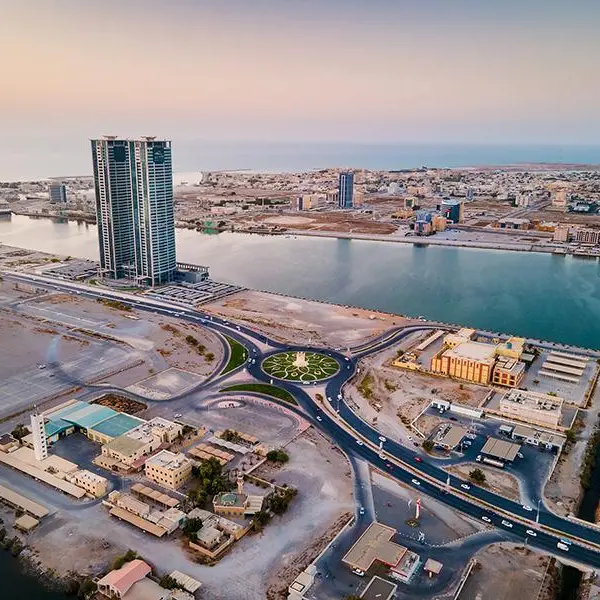PHOTO
Monday, Sep 05, 2016
Dubai: The Islamic finance industry, which encompasses Islamic banking, Islamic capital markets and Takaful (Islamic insurance), is expected to face slower growth this year and the year ahead as key markets for Islamic finance are facing economic slowdown according to Standard & Poor’s.
Islamic finance remains concentrated primarily in oil-exporting countries such as the GCC countries, Malaysia and Iran, which account for more than 80 per cent of the industry’s assets.
Given the dependence of core Islamic finance markets on oil, S&P expects the economic growth in some of these markets to remain muted.
The rating agency expects low oil prices to persist and believes oil prices will increase only moderately for at least the next two years, averaging $45 (Dh165) per barrel in 2017 and $50 in 2018 reinforcing slower growth for Islamic Finance.
“We think two factors will act as a brake in 20. The impact of policy responses to the decline of oil prices in core markets and the lack of standardisation in the industry,” said Mohammad Damak, Director — Global Head of Islamic Finance.
Despite the current slow growth S&P expects a growth of around 5 per cent in 2017 and the total assets of the industry to cross $3 trillion in the next decade.
Modest growth in the industry will be driven by subdued economic growth of Islamic finance’s core markets in the GCC countries. Policy response to lower oil prices have seen spending cuts across these countries is resulting in lower economic growth and lower credit demand.
Lower economic growth means lower growth opportunities for Islamic banks. “We have seen a decline starting in 2015, when Islamic banks’ asset growth fell to around 7 per cent compared with 12 per cent in 2014. We think this slowdown will persist in 2016 and 2017 with growth stabilising at around 5 per cent,” said Damak
Lower oil prices mean lower liquidity at Islamic and conventional banks in core markets. Deposits from governments and their related entities account for between 20 per cent and 40 per cent of the deposit base of GCC banks and this inflow of money depends heavily on oil prices.
With the decline in liquidity, the cost of funding for banks has increased. In the same vein, the drop in economic growth exposed the most vulnerable borrowers, primarily subcontractors and small and mid-size enterprises, leading to higher defaults rates and provisioning needs.
“Overall, we think that not only will banks’ asset growth decline, but profitability will also drop, prompting some banks to take a closer look at their efficiency and potentially triggering mergers or acquisitions,” said Damak.
By Babu Das Augustine Banking Editor
Gulf News 2016. All rights reserved.












